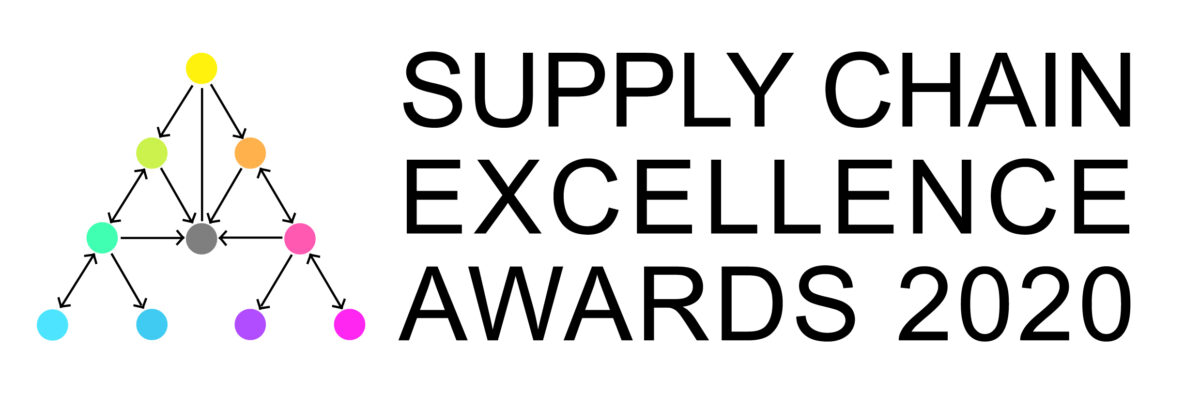The road to globalisation is littered with companies that have been caught out because they have failed to ensure workers in far away factories are treated properly – and paid properly, or that appropriate steps have been taken to protect the environment
Author: supplychainmag
Inflation in the People’s Republic of China reached a three-year high of 6.5 per cent in July – bad news if you are sourcing product there
James Bond – now there’s a man who knows a bit about supply chains. Witness his conversation with the eponymous villain in Goldfinger: “Fifteen billion dollars in gold bullion weighs ten thousand, five hundred tons. Sixty men would take twelve days to lo
Apparently, the thing that is most disruptive to supply chains is a sudden increase in demand from customers.
Given the events of the past year, it is not surprising that minds have been focused on making supply chains more resilient. But that is all about to be formalised with a new international standard ISO 28002:2011.
It’s that time of year when global companies report their quarterly earnings – and this time the figures are highlighting the impact on supply chains of the earthquake and tsunami in Japan
Everyone knows the old chestnut: what gets measured gets managed. The corollary to that, of course, is that if you are to manage the right things then you have to have effective ways of measuring them.
It’s now more than a decade since Nike’s supply chain came under intense scrutiny after it was revealed that workers in sub-contractors’ factories in Asia were working in “sweat-shop” conditions.
All too often it seems, supply chain executives are tasked simply with keeping the promises made by their colleagues in sales and marketing.
Every quarter we conduct a survey among a panel of senior supply chain and logistics executives in the UK asking them what they see as the most important challenges they face over the coming months.






